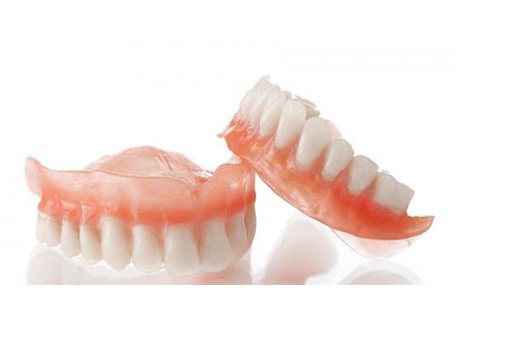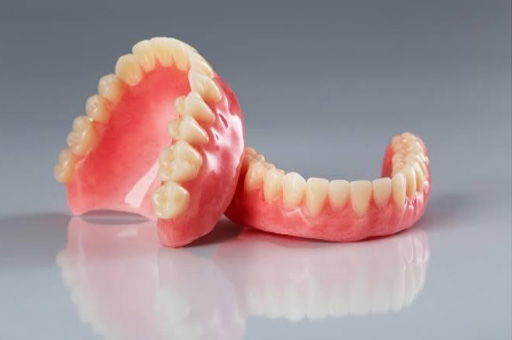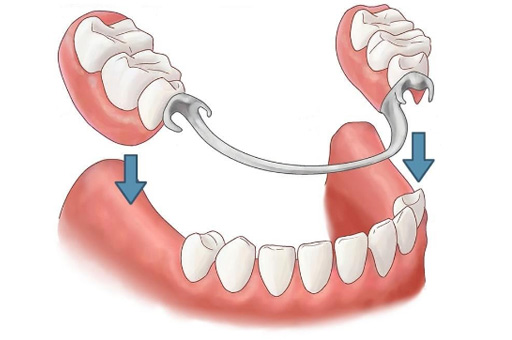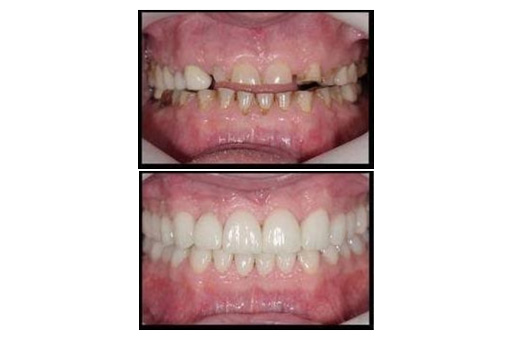Crowns, bridges and dentures fall under the category of Prosthetic Dentistry. As the name suggests, these treatment modalities are used to artificially replace those teeth and surrounding tissues that have been permanently lost. Using prosthetic options, we replace your lost teeth so that you may be able to bite, chew and speak comfortably and of course, smile confidently. These prostheses look similar to your natural teeth and hence cannot be identified as artificial by others when you smile.



